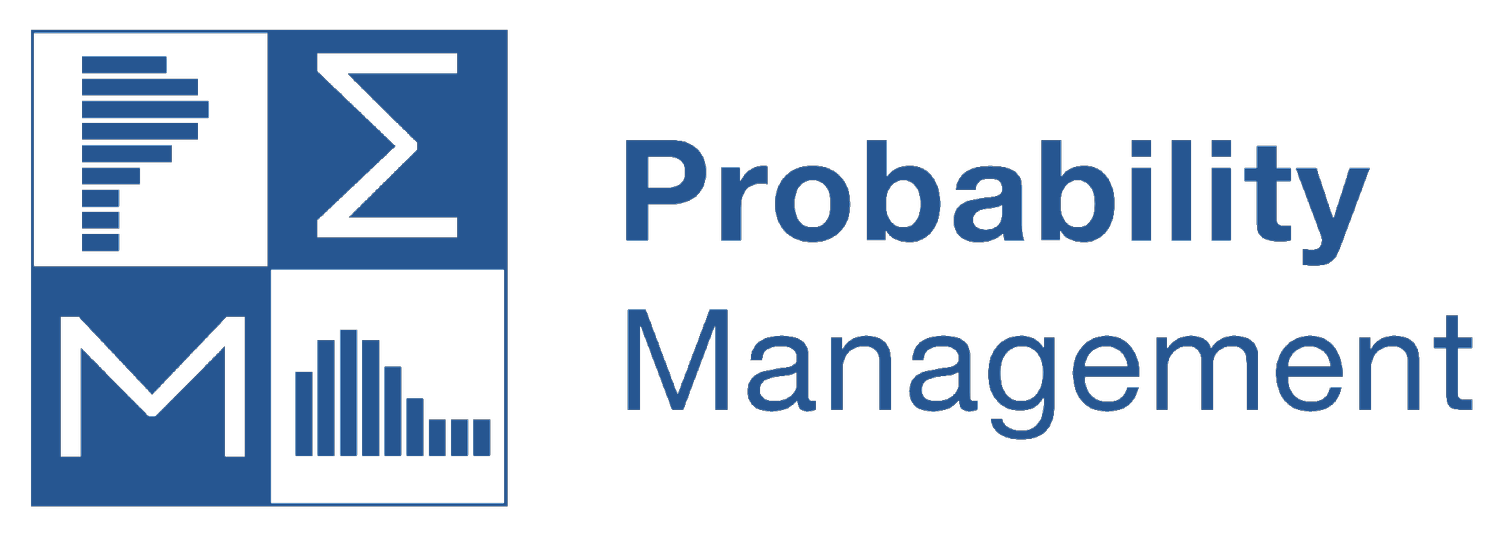by Sam Savage
Pandemics are fraught with probabilistic issues that I believe our organization can shed light on. Several projects in this area are being pursued by the probability management community right now and are likely to find their way into this blog soon.
The current installment is an interactive model to get your limbic system engaged with the issue of flattening the contagion curve. An article in VOX by Eliza Barclay and Dylan Scott brought this issue to my attention. COVID 19, or novel coronavirus, appears to be extremely contagious because our immune systems have never seen it before, hence the name novel. Luckily it only makes a small fraction of the population critically ill, and most of them will recover if they are on ventilators. The problem is that if the contagion grows too fast, that small fraction will be big enough to swamp our critical care capacity. This happened in Italy, where there are more critically ill patients than the hospitals can handle and doctors have been forced to make agonizing decisions over which lives to save. So, one solution is to flatten out the curve, to get more of it below the capacity line. As I write this, many of us are sheltered in place (with our vast supplies of toilet paper) in an attempt to slow the rate of infection, which could change the curve dramatically.
However, it’s not that simple. As pointed out by economist Joshua Gans in The Startup, there are drawbacks to flattening the curve. First, if fewer people are catching the virus, fewer people are becoming immune to it, which means the social distancing measures must continue for a longer period of time (or stop and then start up again). Second, there is an enormous economic cost associated with being hunkered down with your TP instead of being at work, and the only way to avoid this cost is to achieve a certain level of immunity in the general population. Third, if the critical care capacity is very low, then more people will die, because even flattening the curve doesn’t move many people below the critical line. Of course, if you don’t flatten the curve, then Gans’ recommendation is to “dramatically increase health care capacity” by constructing makeshift hospitals. Experiment with the capacity on the downloadable model and you will see the sensitivity to the initial level.
Then of course there is the Flaw of Averages (Jensen’s Inequality to mathematicians). This implies that if your calculation of lives saved (by either flattening the curve or increasing capacity) is based on the average contagion rate, then on average you will overestimate the benefits of either intervention. Also see my earlier blog post on another effect of the Flaw of Averages on contagion.
So, the decision on how much to spend on flattening vs. increasing capacity is complicated. If your country has no critical care capacity whatsoever, flattening makes no sense. In other cases, it might save hundreds of thousands of lives.
The bottom line is that such decisions should be made by people way above both my pay grade and knowledge of epidemiology. But ProbabilityManagement.org has created an open standard that allows experts and high-level decision makers the ability to communicate and perform risk calculations with the uncertainties surrounding the pandemic in a way that is unambiguous and auditable. This would allow respected researchers to create open SIP libraries of contagion rates, etc. from their own models. These could be accessed using Excel, R, Python or virtually any other modeling environment, allowing organizations to aggregate consolidated risk statements across the globe under different assumptions.
As for now, my gut tells me that we should do everything we can to both flatten the curve and increase capacity for a few weeks until we better understand what we are up against. At that point, depending on what we learn, it may become more obvious how to optimally allocate our resources. Until then, if you become bored counting your rolls of Charmin, you may enjoy playing with the accompanying interactive model, which is designed only to be directionally correct, and should not be used for decision making.


